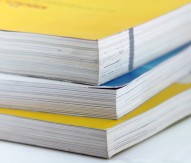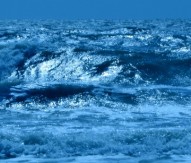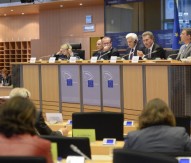
Family photographs could help pinpoint rare genetic disorders
Computer analyses of photographs could help doctors diagnose which condition a child with a rare genetic disorder has, according to a study part-funded by the European Research Council.
The researchers, based at Oxford University, UK, have developed a computer programme that recognises facial features in photographs, looks for similarities with facial structures for various conditions – such as Down’s syndrome, Angelman syndrome, or Progeria – and returns possible matches ranked by likelihood.
The algorithm increasingly learns what facial features to pay attention to and what to ignore from a growing bank of photographs of people diagnosed with different syndromes.
Lead researcher Dr Christoffer Nellåker, of the Medical Research Council (MRC) Functional Genomics Unit at the University of Oxford, said: “A diagnosis of a rare genetic disorder can be a very important step. It can provide parents with some certainty and help with genetic counselling on risks for other children or how likely a condition is to be passed on. A diagnosis can also improve estimates of how the disease might progress or show which symptoms are caused by the genetic disorder and which are caused by other clinical issues that can be treated.”
Identifying a suspected developmental disorder tends to require clinical geneticists to come to a conclusion based on facial features, follow up tests and their own expertise. It is thought that 30-40% of rare genetic disorders involve some form of change in the face and skull, possibly because so many genes are involved in development of the face and cranium as a baby grows in utero.
They developed a programme that recognises faces in photographs. The programme accounts for variations in lighting, image quality, background, pose, facial expression and identity. It builds a description of the face structure by identifying corners of eyes, nose, mouth and other features while comparing this against what it has learnt from other photographs fed into the system.
The algorithm sees patients sharing the same condition automatically cluster together. It does better at suggesting a diagnosis for a photo where it has previously seen lots of other photos of people with that syndrome, as it learns more with more data.
Patients also cluster where no documented diagnosis exists, potentially helping in identifying ultra-rare genetic disorders.
Nellåker added: “A doctor should in future, anywhere in the world, be able to take a smartphone picture of a patient and run the computer analysis to quickly find out which genetic disorder the person might have. This objective approach could help narrow the possible diagnoses, make comparisons easier and allow doctors to come to a conclusion with more certainty.”
The report is published in eLife.




